|
Gravitational-wave astronomy provides a unique new way to study the expansion history of the Universe. On 17 August 2017, the LIGO and Virgo collaborations first detected gravitational waves from a pair of neutron stairs merging. The gravitational wave signal was accompanied by a range of counterparts identified with electromagnetic telescopes. This multi-messenger discovery allowed astronomers to directly measure the Hubble constant, which tells us how fast the Universe is expanding. A recent study by the ARC Centre of Excellence for Gravitational Wave Discovery (OzGrav) led by researchers Zhiqiang You and Xingjiang Zhu, studied an alternative way to do cosmology with gravitational-wave observations.
In comparison to neutron star mergers, black hole mergers are much more abundant sources of gravitational waves. Whereas there have been only two neutron star mergers detected so far, LIGO and Virgo collaborations have published 10 binary black hole merger events and dozens more candidates have been reported. Unfortunately, no electromagnetic emission is expected from black hole mergers. Theoretical modeling of supernovae—powerful and luminous stellar explosions—suggests that there is a gap in the masses of black holes around 45-60 times the mass of our Sun. Some inconclusive evidence that supports this mass gap was found in observations made in the first two observing runs of LIGO and Virgo. The new OzGrav research shows that this unique feature in the black hole mass spectrum can help determine the expansion history of our Universe using gravitational-wave data alone. OzGrav PhD student and first author Zhiqiang You says: ‘Our work studied the prospect with third-generation gravitational-wave detectors, which will allow us to see every binary black hole merger in the Universe’. Apart from the Hubble constant—a unit that describes how fast the Universe is expanding—there are other factors that can affect how black hole masses are distributed. For example, scientists are still uncertain about the exact location of the black hole mass gap and how the number of black hole mergers evolves over the cosmic history. The new study demonstrates that it is possible to simultaneously measure black hole masses along with the Hubble constant. It was found that a third-generation detector like the Einstein Telescope or the Cosmic Explorer should measure the Hubble constant to better than one percent within one-year’s operation. Moreover, with merely one-week observation, the study revealed it is possible to distinguish the standard dark energy-dark matter cosmology with its simple alternatives.
0 Comments
Pulsars are dead stars that spin remarkably steadily – they are some of the most regularly ticking clocks in the Universe! However, every few years some pulsars ‘glitch’, and speed up a tiny amount almost instantaneously. Understanding what causes these glitches may unveil what’s really happening inside these super-dense dead stars.
Detailed theoretical and computer models are hard to connect to real observations, so instead PhD student Julian Carlin and Chief Investigator Andrew Melatos, from the ARC Centre of Excellence for Gravitational Wave Discovery (OzGrav), built a ‘meta-model’ in a paper recently published in the Monthly Notices of the Royal Astronomical Society. The meta-model relies on the idea that ‘stress’ builds up inside the pulsar until it reaches a threshold, and then some of this stress is released as a glitch. The interesting thing about this meta-model is that the stress increases by taking a ‘random walk’ upwards: like an intoxicated person returning home from the pub who might take two steps forward, one step back, then three steps forward. The randomness in how the stress builds is supported by some theoretical models, as well as a recent study of a glitch-in-action led by OzGrav researchers Greg Ashton, Paul Lasky, and others. Meta-models make predictions about what we should see in the long term from glitching pulsars. ‘This meta-model predicts that there should always be a correlation between big glitches and the time until the next glitch: if a lot of stress is released, it takes longer on average for the pulsar to build up enough stress for another glitch,’ explains Carlin. Using this prediction, Carlin and Melatos tried to falsify the meta-model, asking the question: ‘Are there long-term observations that can’t be explained?’. The answer depends on the pulsar. Some are well-explained by the meta-model, while others don’t quite match the predictions. ‘We need to see more glitches before this question can be answered for certain, but this work shows a way to answer it for many theoretical models, all at the same time,’ says Carlin. Pulsars are dead stars that spin remarkably steadily – they are some of the most regularly ticking clocks in the Universe! However, every few years some pulsars ‘glitch’, and speed up a tiny amount almost instantaneously. Understanding what causes these glitches may unveil what’s really happening inside these super-dense dead stars. Detailed theoretical and computer models are hard to connect to real observations, so instead PhD student Julian Carlin and Chief Investigator Andrew Melatos, from the ARC Centre of Excellence for Gravitational Wave Discovery (OzGrav), built a ‘meta-model’ in a paper recently published in the Monthly Notices of the Royal Astronomical Society. The meta-model relies on the idea that ‘stress’ builds up inside the pulsar until it reaches a threshold, and then some of this stress is released as a glitch. The interesting thing about this meta-model is that the stress increases by taking a ‘random walk’ upwards: like an intoxicated person returning home from the pub who might take two steps forward, one step back, then three steps forward. The randomness in how the stress builds is supported by some theoretical models, as well as a recent study of a glitch-in-action led by OzGrav researchers Greg Ashton, Paul Lasky, and others. Meta-models make predictions about what we should see in the long term from glitching pulsars. ‘This meta-model predicts that there should always be a correlation between big glitches and the time until the next glitch: if a lot of stress is released, it takes longer on average for the pulsar to build up enough stress for another glitch,’ explains Carlin. Using this prediction, Carlin and Melatos tried to falsify the meta-model, asking the question: ‘Are there long-term observations that can’t be explained?’. The answer depends on the pulsar. Some are well-explained by the meta-model, while others don’t quite match the predictions. ‘We need to see more glitches before this question can be answered for certain, but this work shows a way to answer it for many theoretical models, all at the same time,’ says Carlin. On the 17th of August 2017, the world of astronomy bore witness to an unprecedented event: the LIGO/Virgo collaboration recorded the vibrations of a merging pair of neutron stars. The event was observed in electromagnetic waves across the spectrum, from gamma rays, optical, ultraviolet, infrared, through to radio. The Universe was being seen and heard simultaneously, for the very first time. Astronomers have discovered binary neutron stars before, as a part of pulsar surveys—pulsars are rapidly rotating neutron stars. They’re the size of a city (~10km radius); have extremely strong magnetic fields; rotate up to 1000 times per second; and emit beams of radiation along their poles. As they spin, these beams may point towards the Earth like a lighthouse, allowing them to be observed by radio telescopes. Due to their extremely periodic motion, pulsars can serve as accurate clocks to test Einstein’s theory of General Relativity. All pulsars are neutron stars but not vice versa. Radio telescopes have detected pulsars in binary systems with other neutron stars (and in one case, another pulsar). Given the dynamic and mysterious nature of binary neutron stars, a team of researchers from the ARC Centre of Excellence for Gravitational Wave Discovery (OzGrav) decided to study their formation, evolution and merger, examining the underlying uncertainties. In trying to investigate these mechanisms, astronomers’ observations are clues to solve the puzzle. In the study, led by OzGrav PhD student Debatri Chattopadhyay, the team used COMPAS—a population synthesis code (co-developed by OzGrav) that generates and evolves a group of isolated binary stars to create millions of isolated binaries in the supercomputer OzSTAR. It is assumed every neutron star is born as a pulsar in a supernova (a powerful and luminous stellar explosion), but magnetised pulsars, with their misaligned rotation and radio emission, slow down over time. Losing its rapid rotational motion, slow pulsars become less magnetised and eventually die; however, they can be revived with the help of their partner star. ‘Under specific conditions, matter from the still-evolving companion star may fall onto the pulsar and refuel its rotation. These “zombie pulsars” start to emit radio waves again, spinning fast, but with much lower surface magnetisation,’ explains Chattopadhyay. Implementing the physics of pulsar evolution in COMPAS, the researchers modelled different binary neutron star systems and found a 'best-fit’ model, analysed in both radio and gravitational waves. ‘We underline how the “radio alive”’ pulsar-neutron star binaries may have a different signature than double neutron stars, decipherable from only gravitational wave measurable parameters,’ says Chattopadhyay. These findings provide a better understanding of binary pulsar evolution and their formation channels. The COMPAS code can also be used to study other exotic binary systems, like pulsar-black holes or millisecond pulsar-white dwarfs. Space scientists from The University of Western Australia have worked with the European Space Agency to provide continuous imaging of a space probe passing Earth while on a journey to Mercury.
The scientists from UWA’s Centre of Excellence for Gravitational Wave Discovery (OzGrav) used the powerful robotic Zadko Telescope in Gingin to capture imagery of the space probe, named BepiColumbo. The probe was launched in 2018 and has since completed one and a half orbits around the Sun, travelling a distance of roughly 1.4 billion kilometres. OzGrav scientist Dr Bruce Gendre said BepiColombo would study Mercury’s magnetic field and its interaction with the solar wind, offering insight into how the Earth and solar system formed. “In order to keep the space probe on track to reach Mercury in 2025, BepiColumbo performed a ‘fly-by’ past Earth on 10 April 2020, utilising a gravity assist manoeuvre, which reduces the amount of propellant and thrust needed to complete the mission,” Dr Gendre said. "Space navigation is a complex task and requires large quantities of fuel. To reduce fuel consumption and the resulting cost of the mission, space agencies often use gravitational assistance from planets.” Due to the regional travel restrictions imposed by the WA Government following the COVID-19 outbreak, Dr Gendre was unable to control the Zadko telescope on-site in Gingin and instead operated the telescope remotely from his home in Claremont. “This important contribution to space research helps inspire the engineers and scientists of tomorrow, continuing the legacy of UWA philanthropist James Zadko, who passed away in early 2020,” Dr Gendre said. Associate Professor David Coward, Chief Investigator at OzGrav and Zadko Telescope Director, said tracking the space probe represented a small part of a greater project. “Providing ongoing assistance is part of a broader partnership with the European Space Agency to monitor the space around Earth for potential hazards, including near-earth asteroids,” Associate Professor Coward said. Detlef Koschny, a European Space Agency scientist said the Zadko Telescope was an important part of ensuring the success of the mission. “ESA's Planetary Defence Office is using this flyby as a test for its capabilities to coordinate the observation of possibly dangerous asteroids,” Dr Koschny said. “In the southern hemisphere, there are not many telescopes available for this purpose.” The Zadko Telescope is partially supported by the UWA Faculty of Engineering and Mathematical Sciences and the Australian Research Council Centre of Excellence for Gravitational Wave Discovery (OzGrav). As featured on UWA News Coronavirus prompts scientists to make phone app to track symptoms and predict COVID-19 outbreaks16/4/2020 Some of Australia's leading astrophysicists have teamed up with public health experts to detect possible outbreaks of COVID-19, even before testing takes place.
About 12,000 people globally are already using a trial version of an app, which they log into daily to answer questions about symptoms and risk factors not currently recorded by health authorities. The astrophysicists use supercomputers, usually reserved to process data from the world's largest telescopes, to identify geographical clusters of symptoms and detect where COVID-19 could be spreading. Buoyed by promising early results, the team will this week launch the 'BeatCOVID19Now' app to crowdsource anonymous data from users around the world. Swinburne University astrophysics professor Matthew Bailes, who leads Australia's research into gravitational waves, has put that research on hold to devote his time — and supercomputers — to the project. "We're used to catching literally hundreds of gigabytes a second of data from the Square Kilometre Array[radio telescope project]," Professor Bailes said. "And the amount of data we're talking about for this is a small fraction of that." Supercomputers crunch data to predict outbreaks Professor Bailes has teamed up with Swinburne public health professor Richard Osborne, who previously worked with the World Health Organisation and the Australian Bureau of Statistics on disease-tracking surveys. "We need to know where the next epidemic is going to break out … so we can actually beat COVID-19 by getting in there early and supporting people to be safe," Professor Osborne said. The project is independent of a recently announced Australian Government plan to develop an app that would monitor users' movements and contacts. That app would require 40 per cent of Australians to sign up to be effective, the Government believes. For this project, the Swinburne scientists believe they need data from just a few hundred people in a location — as small as a suburb or as large as a city — to produce useful results. "We'd like to be able to turn back the clock on our survey data and say, 'You know what? Three days before that outbreak, we saw lots of people with sore throats or runny noses or they lost their sense of taste'," Professor Bailes said. "Those sorts of statistics could be correlated with actual outbreaks and then we could start predicting outbreaks in the area before they happen. "And that would really help the Government with its planning." How it works:
Initial results point to promise Based on the early data from a small number of users, the researchers said the program indicated there were outbreaks in certain Melbourne suburbs, which matched official Government data. Researchers say that although the analysis was conducted retrospectively, it demonstrates that the program should be effective in predicting outbreaks. The program also saw an influx of people logging in from Los Angeles, days before an outbreak was seen there. The researchers say lots of people using the app could have been an early sign that people there were getting sick. "I think that's what a local pandemic can do to your motivation to want to track your symptoms," Professor Bailes said. To date, most users have discovered the website through social media, but marketing and IT experts have volunteered their time to help promote the phone app. "The reason I got in this project is because I wanted to do something to help," Professor Bailes said. "And I think everybody sitting out there can help by just doing this survey. They can be part of the solution." Professor Osborne said the team was now working on ways to share the data with health authorities — including Australia's Department of Health — and other coronavirus researchers. Nancy Baxter, head of the Melbourne School of Population and Global Health, said the app would be a useful tool if the Swinburne researchers could get enough people to use it. "Having some way of looking and seeing in the population who … likely has COVID-19 can be really helpful in terms of knowing where to target testing," Professor Baxter said. She said it could also help prevent the disease spreading by finding and isolating patients before they fell very ill — but other measures would still be vital, such as widespread testing, surveillance, contact tracing and quarantine. "It can add to what we're doing, but it's not the fundamental part of what's what we need to do," she said. As featured on ABC News 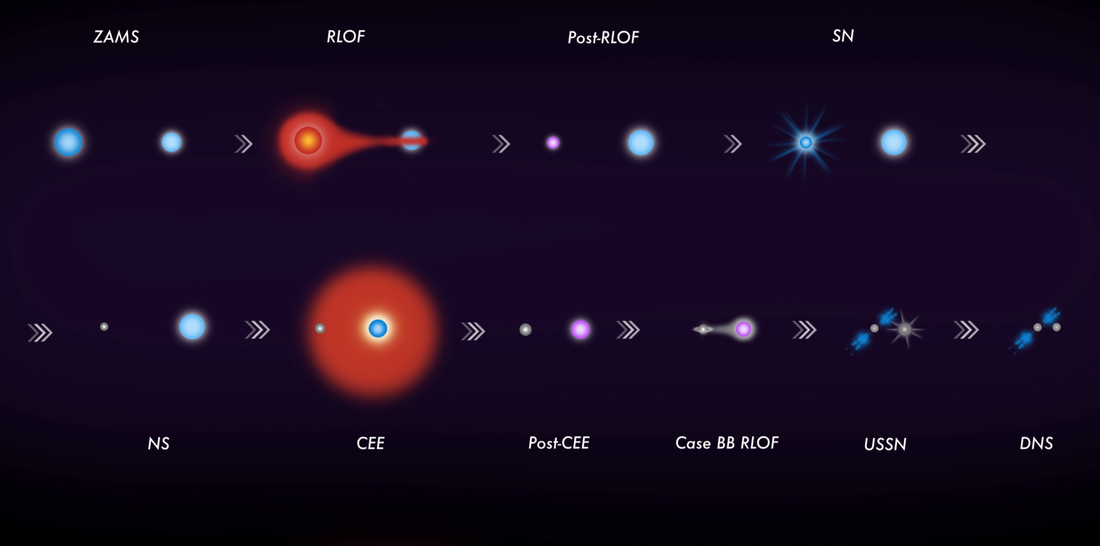 Illustration of the evolution of a massive stellar binary leading to the formation of a double neutron star. Credit: T. Rebagliato and Team COMPAS (Vigna-Gómez et al., 2020) Illustration of the evolution of a massive stellar binary leading to the formation of a double neutron star. Credit: T. Rebagliato and Team COMPAS (Vigna-Gómez et al., 2020) Today, team COMPAS (Compact Object Mergers: Population Astrophysics and Statistics) has announced the first public beta release of their rapid binary population synthesis code (available for download here). Initially, the code—co-developed by researchers from the ARC Centre of Excellence for Gravitational Wave Discovery (OzGrav)—was created to explore gravitational-wave observations. Gravitational waves are ripples in space-time that radiate out from the collision of two accelerating masses, such as neutron stars or black holes. COMPAS uses models of binary stellar evolution to make predictions for the rates and properties of these collisions. OzGrav Postdoctoral Researcher Simon Stevenson from Swinburne University of Technology says: “COMPAS allows us to understand how the binary neutron stars and black holes being observed in gravitational waves are formed.” COMPAS has since expanded to include other observational signatures of binary evolution, including Galactic Double Neutrons Stars, X-ray Binaries and Luminous Red Novae. Different observations provide new insights into gravitational-wave research and help to complete the picture of binary astrophysics. Most massive stars are known to be born in binary systems. Interactions between companion stars alter the evolution of the stars and binary system. The physical processes involved in binary formation and evolution are currently uncertain; however, scientists are starting gain a better understanding through observations of astrophysical phenomena in different stages of binary evolution. The COMPAS code combines tools for statistical analysis and model selection with rapid population synthesis, allowing scientists to dig deeper into stellar and binary evolution. OzGrav Chief Investigator Ilya Mandel from Monash University explains: “I am very excited that we’ve reached this milestone in the development of the COMPAS binary population synthesis modelling and astrostatistics code, thanks to the hard work of a dedicated group of students and collaborators. I hope that the public release will allow other colleagues interested in this topic to become involved and accelerate the pace at which we can address key questions in the evolution of binary stars.” OzGrav PhD student Jeff Riley from Monash adds: “A lot of people have worked hard to develop COMPAS over a number of years. I’m very happy to have contributed, and very excited about the public release – now we call all get some sleep!” The COMPAS team encourages users to contribute and improve the code, ranging from better evolutionary models to more sophisticated emulation techniques. Please contact compas-user@googlegroups.com with any queries. |
|
- Home
- About
-
Our People
- Chief Investigators
- Partner Investigators
- Associate Investigators
- Postdocs and Students >
- Professional & Outreach staff
- Governance Advisory Committee
- Scientific Advisory Committee
- Executive Committee
- Equity & Diversity Committee
- Early Career Researcher Committee
- Professional Development Committee
- Research Translation Committee
- OzGrav Alumni
- Research Themes
- Education and Outreach
- Events
- News/Media
- Contact Us
- Home
- About
-
Our People
- Chief Investigators
- Partner Investigators
- Associate Investigators
- Postdocs and Students >
- Professional & Outreach staff
- Governance Advisory Committee
- Scientific Advisory Committee
- Executive Committee
- Equity & Diversity Committee
- Early Career Researcher Committee
- Professional Development Committee
- Research Translation Committee
- OzGrav Alumni
- Research Themes
- Education and Outreach
- Events
- News/Media
- Contact Us

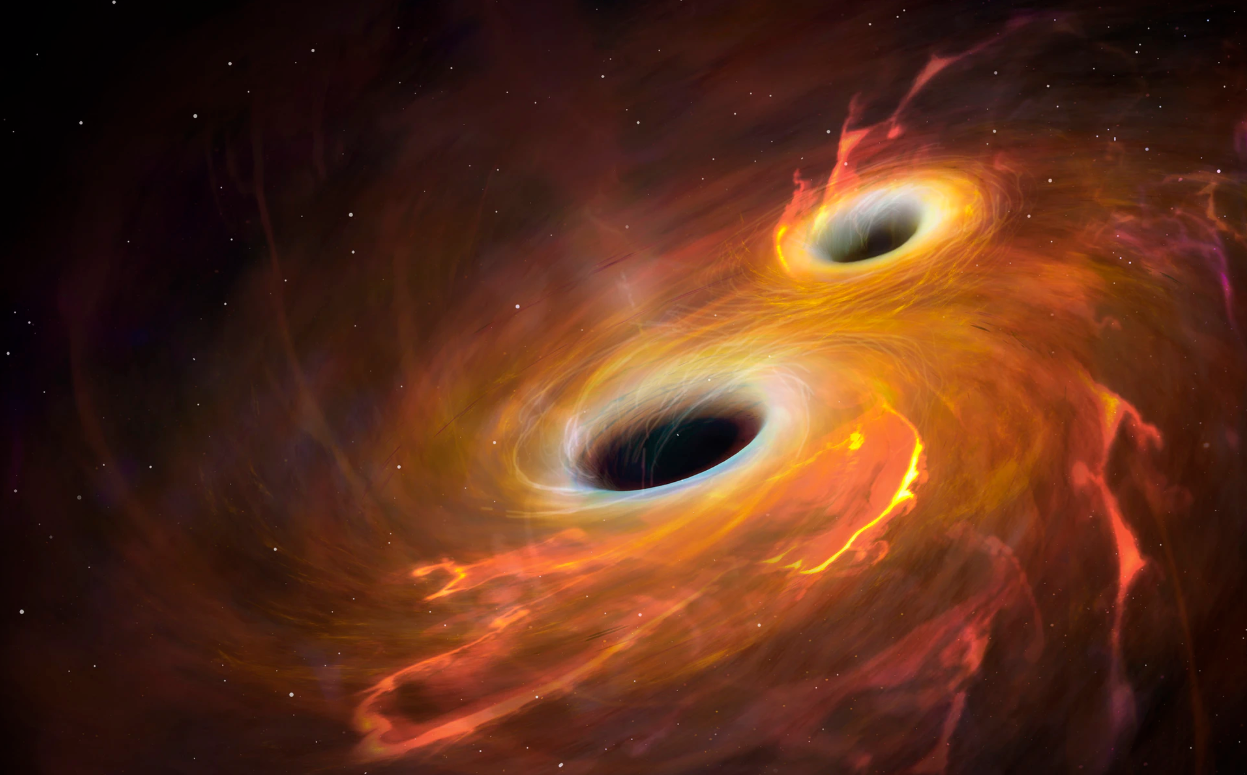
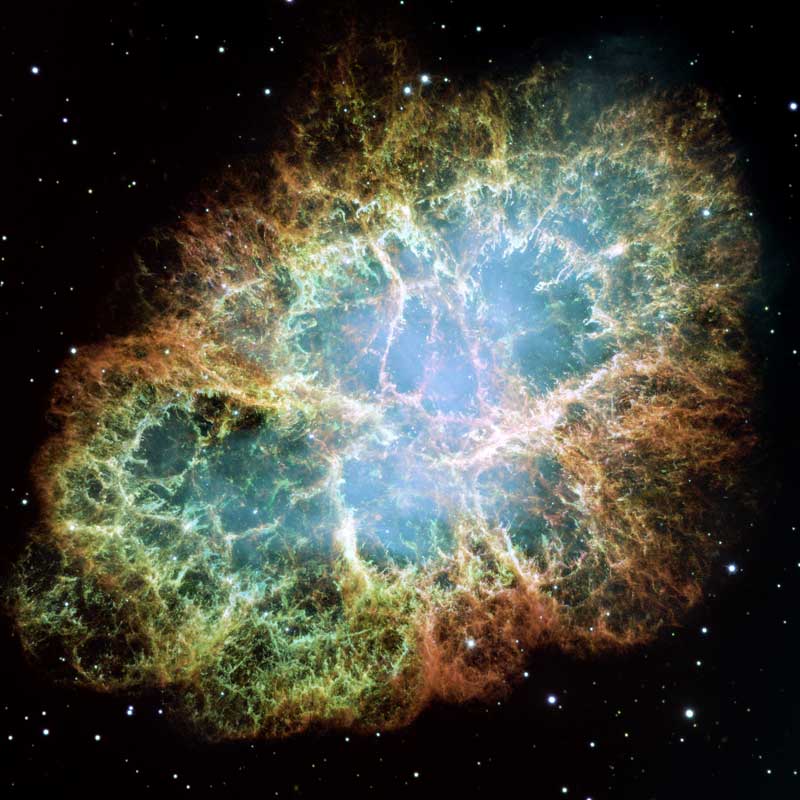
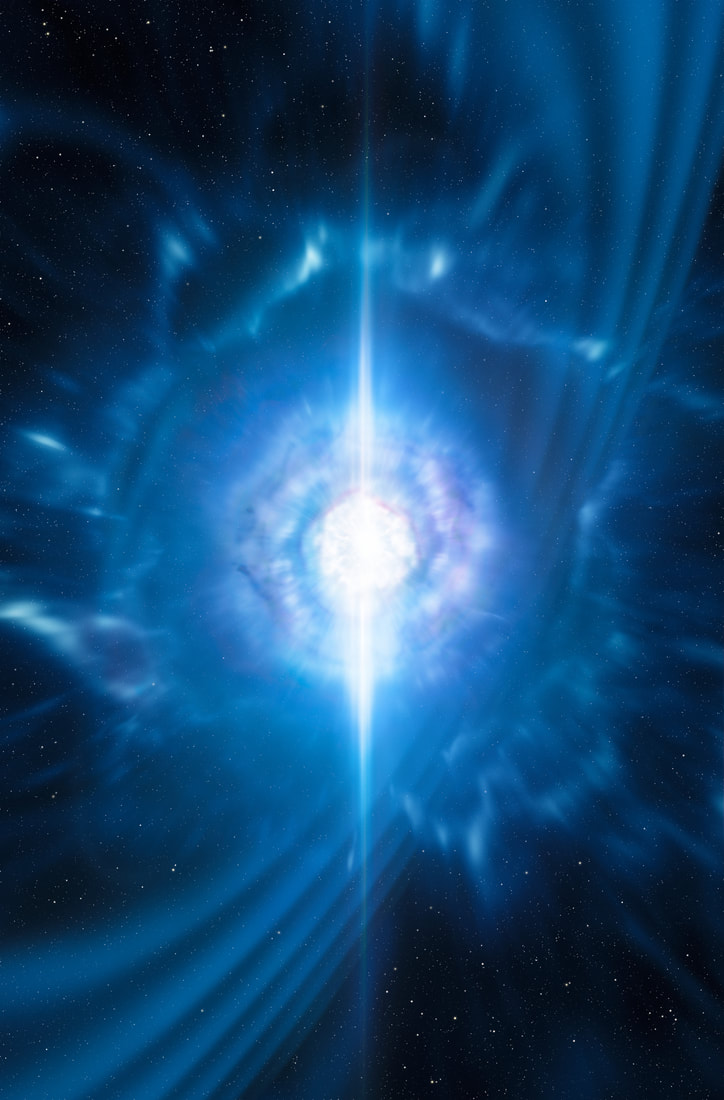
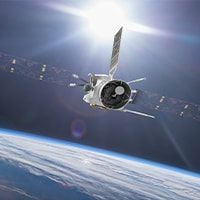


 RSS Feed
RSS Feed








